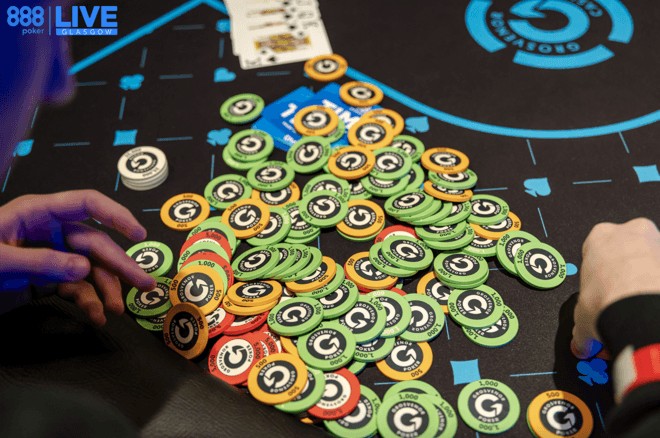Warning: Undefined array key "post_type_share_twitter_account" in /var/www/vhosts/casinonewsblogger.com/public_html/wp-content/themes/cryptocurrency/vslmd/share/share.php on line 24

Most poker players spend their time worrying about how often they win. The better question is how much they win when they do. Learning how to value bet properly is what separates steady winners from players who constantly feel like they’re running in circles.
That’s the message behind 888poker’s strategy piece on value betting, which explains why so many beginners misunderstand one of poker’s most important concepts.
What Is a Value Bet?
A value bet is simple. You’re betting because you believe you have the best hand and you want your opponent to call. If you expect to win more than half the time when called, that’s a value bet.
It’s the opposite of a bluff, where you’re betting with the worst hand and hoping to get a fold.
Every bet you make should have a clear reason. If you want a call, it’s a value bet. If you want a fold, it’s a bluff. Betting without a goal leads to confusion and bigger pots with weak hands that didn’t need to grow.
Why It’s So Important
Even the best players lose plenty of pots. The key is making sure the pots you win are big enough to make up for the ones you lose. Value betting lets you do that.
When you extract thin value in spots where you’re likely ahead, you make your wins meaningful. Over the long run, those extra bets are what keep your bankroll alive and growing.
Examples of Value Betting
You raise the button with K♠Q♦ and the big blind calls.
- Flop: K♣8♦7♦ – you bet and get called.
- Turn: 2♣ – you bet again and get called.
- River: 2♦ – the flush completes and your opponent checks.
Many players check back here, afraid of the diamond. But you’ll often get called by worse kings or small pairs. Betting small for value makes money over time, even if you occasionally run into a flush.
Here’s another scenario. You raise with Q♦Q♣ and get called.
- Flop: J♦8♣3♥
- Turn: 6♣
- River: K♥
Don’t always freeze up when an overcard hits. Plenty of players call down with weaker pairs and hands like Jx. A river bet here often gets paid by worse.
Common Mistakes
- Not knowing why you’re betting. You should always know what you want to happen.
- Checking too much. If you think you’re good more than half the time, bet.
- Calling raises after thin value bets. When you’re raised on the river, believe it. Thin value only works if you’re willing to fold when you get played back at.
Betting the River and Bet Sizes
The river is where you have the most information, and that’s where good value bettors shine. Bet freely when worse hands can call and fold quickly when someone shows strength. River raises are almost always the nuts in low stakes games.
Value betting and bluffing both work best with bigger sizing. You’re polarised between strong hands and bluffs, and both benefit from putting pressure on your opponent.
Bet at least half the pot, usually closer to two-thirds, when you’re confident you have the best hand. What you don’t want to do is bet randomly with medium-strength hands that don’t know what they’re trying to achieve.




